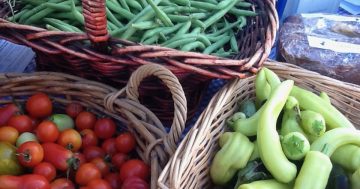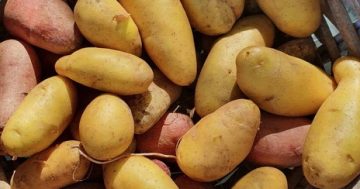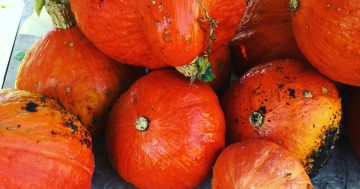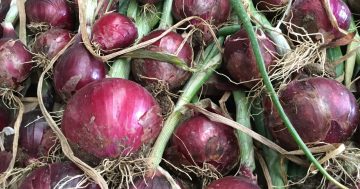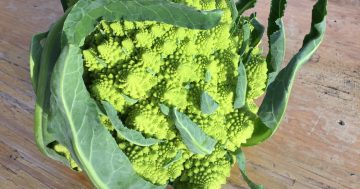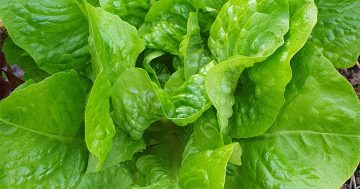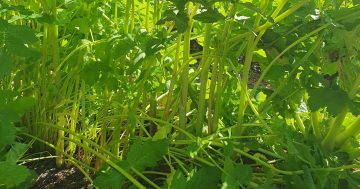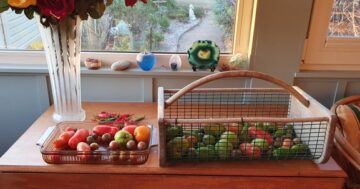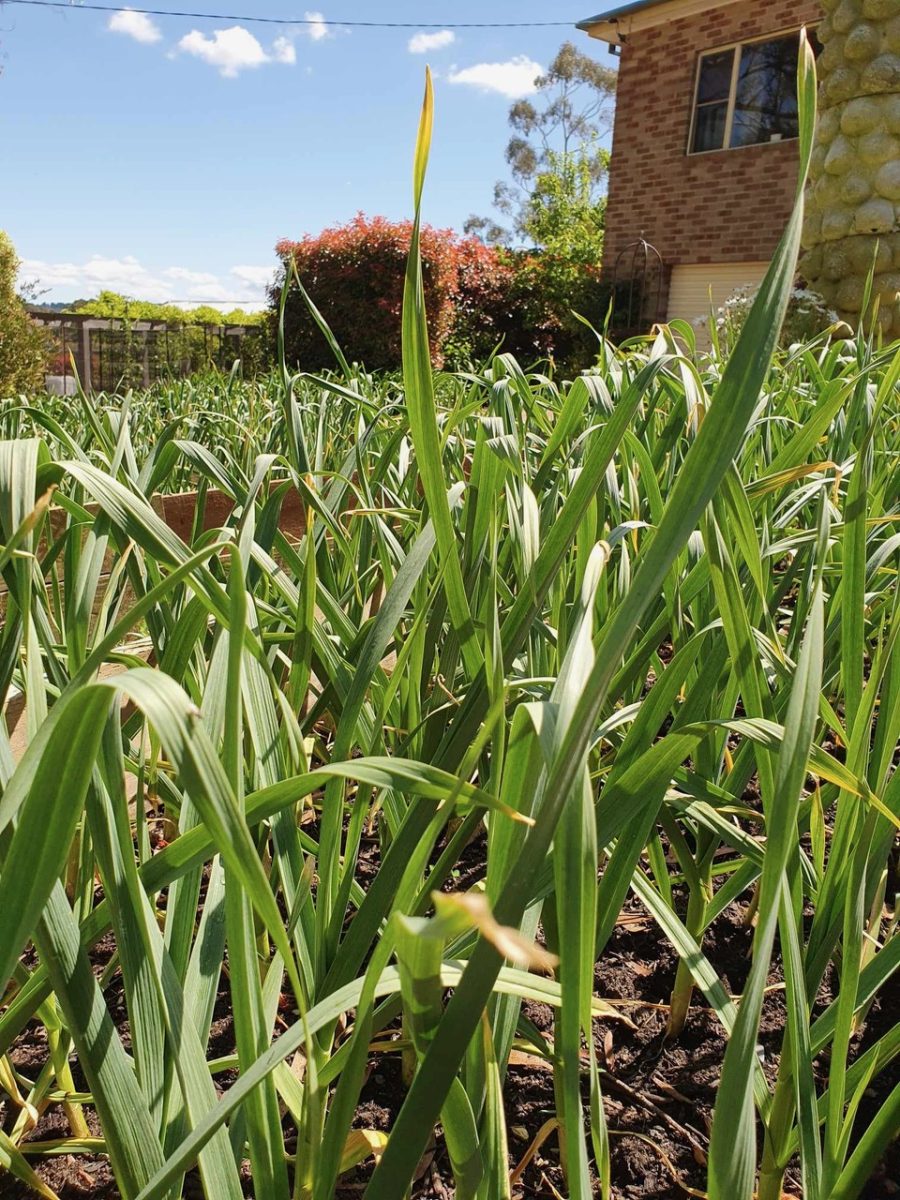
All the wind has dried the leaf tips on garlic plants. Photo: Wynlen House.
Has the windy weather finally stopped? Let’s hope so because the vegetables have been suffering from wind burn and drying out so quickly that it has been a challenge to keep the water up to them.
The garlic plants have dried leaf tips and the wind-battered broccolini plants are leaning like the Tower of Pisa. However, thoughts are that this month all will be well in the vegetable garden because it is preparation time for those delicious summer herbs and vegetables such as tomatoes, corn, potatoes, cucumber, peppers, eggplants and basil.
Potatoes can be planted through to December/January depending on whether you are planting early or late harvesting potatoes. Late harvesting potatoes should go in now, while early harvesting potatoes can be planted later in the season.
Seedlings of tomatoes, peppers, eggplant, chilli, corn, cucumber, beans, pumpkin, zucchini and basil can be planted out in our cool/cold climate region anywhere from early October to mid-November depending on the frost season and local micro climate.
In the Canberra region, planting can generally begin in mid to late October in a protected location. While locations such as Braidwood might need to wait until early to mid-November, in case of late frosts. Likewise, Goulburn gardeners should also wait until late October.
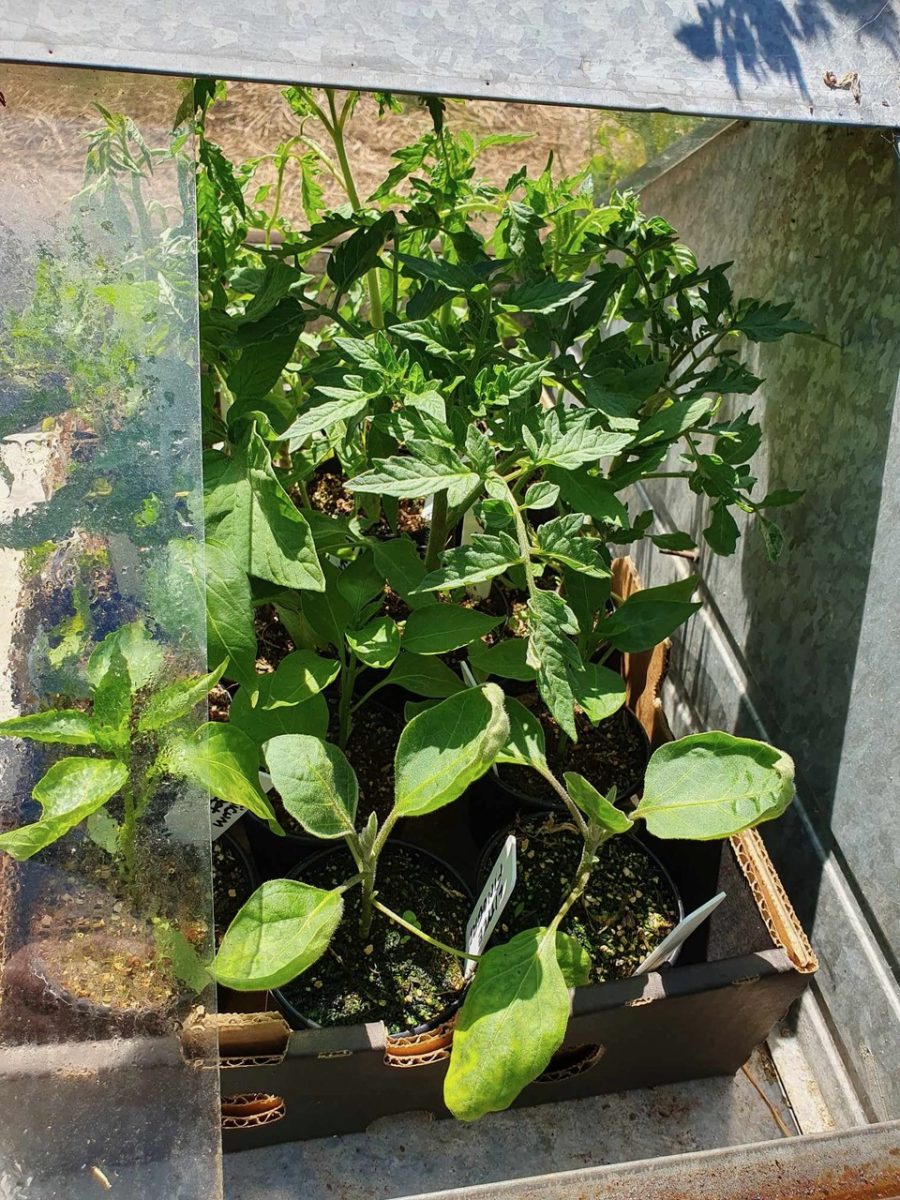
Keep your seedlings protected until the time is right to plant them out. Photo: Wynlen House.
Soil temperatures are still quite low at around 10 to 12 degrees across cool climate regions, which is too cold for successful seed germination of beans, corn or squash directly in the garden. These seeds require a minimum soil temperature of 16 degrees or above. So keep planting peas or snow peas for the time being.
BoM forecasts remind us that the risks of outlier frosts (frosts occurring outside the usual frost season) are increasing as the changing climate brings more unstable and unpredictable weather. Make sure that you have some cloth to throw over your seedlings for protection in case of such a frost.
Finding good seedlings and varieties that are appropriate for our cool climate and shorter growing season can be a challenge. Local suppliers who have the right varieties available at the right time are not that easy to find, although farmers’ markets are usually a good place to start.
With tomatoes, there are almost too many choices today. Newer types such as dwarf and micro dwarf plants have become more available and are becoming popular especially for balcony growing. Micro dwarfs should not grow more than 30 cm high and dwarf varieties no more than a metre.
Dwarf and micro tomatoes require less maintenance (forget tip pruning), have good yields and fruits can be any size: Chocolate lightening produces a large orange beefsteak type fruit while Geranium Kiss has small red round fruits. Either way, if space is scarce in your garden or unit balcony these plants are worth trying. Fruit is ready in under 90 days.
Spring and summer lettuces are excellent for planting now as they can survive a few frosts without too much damage. However, covering with frost protection fabric until November at least will ensure that if there are more than a few frosts to come they will survive and flourish.
Iceberg or crisphead, common summer types, have darker green leaves on the outside moving to a very pale green in the centre. They are primarily for summer eating and can be planted from spring and through summer, although they will struggle if there are too many days above 35 degrees.
Crisphead varieties probably take the longest to grow of all lettuce types, taking from 12 to 14 weeks or 70 to 100 days from seed. Well-developed seedlings, planted now, should have a good chance of being ready for Christmas.
Another warm weather variety is the Oakleaf. This type is a light green or reddish loose-leafed lettuce. The individual leaves are deeply lobed and shaped like the leaves of oak trees. They are a soft leaf with a sweet, mild flavour. They are not curly like the coral or frilly lettuce and take 55 to 70 days if planted as seed. Planting some as seedlings now will see you eating these lovely lettuces in four to five weeks.
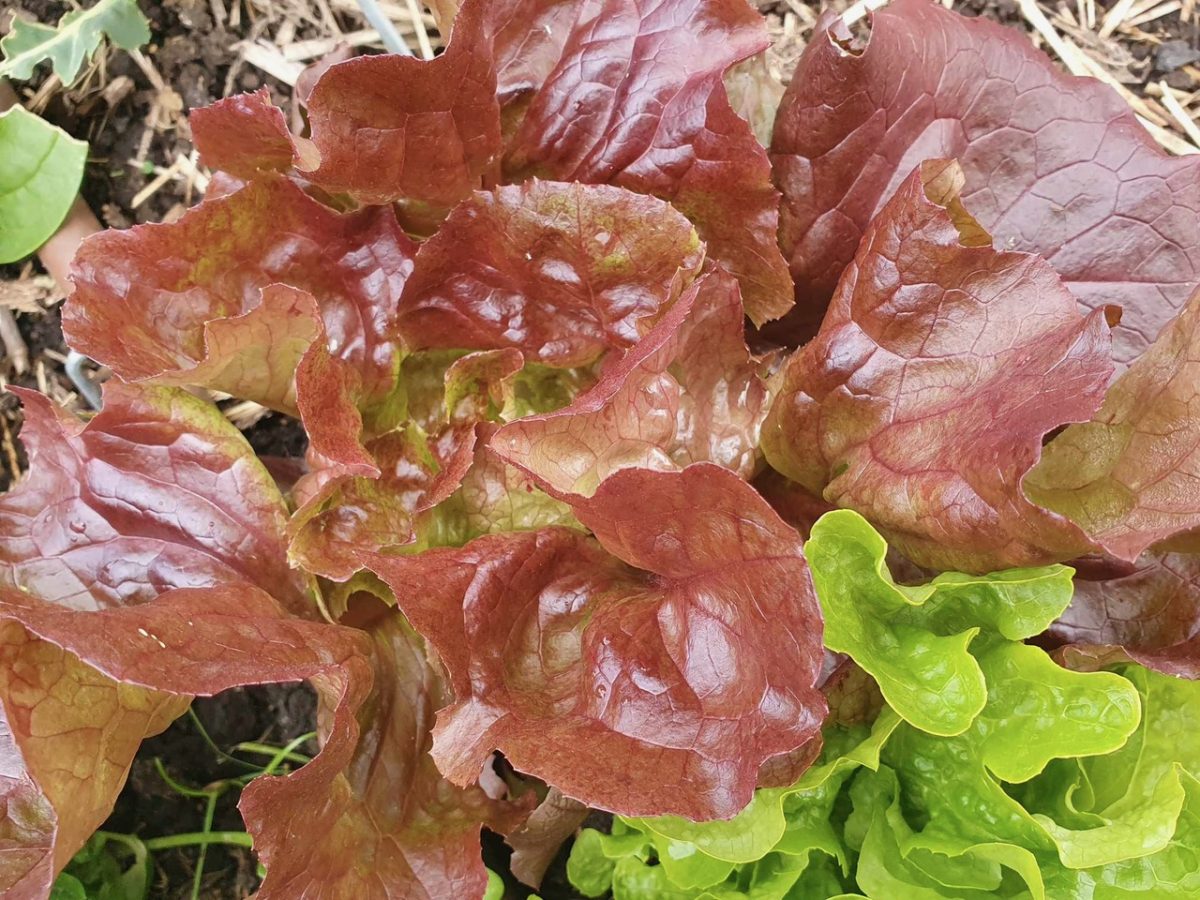
Summer lettuce comes in all shapes and sizes. Photo: Wynlen House.
Cos or Romaine lettuces are another lovely warm season lettuce for cold climate locations – a crisp pale green lettuce with elongated, deep green leaves. Some varieties develop a closed head, others are more open. This lettuce prefers slightly cooler conditions and is great for many cold climate locations that do not have a very hot summer. In Canberra they are great for a spring planting. Plant them as seedlings and you will be eating them in six to eight weeks.
Butterhead and Mignonette lettuce are soft heading lettuces and can be grown all year in cool/cold climates. While they prefer a cool season, they will grow in summer if there are not too many days above 35 degrees. From seed they take about 10 weeks to reach maturity and six to eight weeks from seedlings. They can be planted as seed in mid and late summer and will grow well over autumn. Perfect to have a full crop of these continuously maturing into March and April, available to eat with those juicy late-maturing vine tomatoes.












